What to do if Windows was unable to format Micro SD card
4 min. read
Updated on
Read our disclosure page to find out how can you help Windows Report sustain the editorial team. Read more

This tutorial brings you a comprehensive guide on how to fix the Windows was unable to format the Micro SD error. At times, while trying to format Micro SD on your PC, the operation continuously fails. If this happens, what do you do? We have a solution for you in this tutorial. Read on!
How can I fix Windows was unable to complete the format SD card error?
- Force-format Micro SD
- Format Micro SD using Disk Management
- Fix and Format Micro SD using Command Prompt [CMD]
1. Force-format Micro SD
Windows PC, by default, automatically formats any Micro SD that is inserted in it (via a card reader). On certain occasions, you might get Windows was unable to format the Micro SD error. And to format such SD card, you might have to run the process manually.
To force format (manually format) Micro SD, follow the guidelines below:
- Insert your Micro SD card.
- Navigate to My Computer.
- On the displayed window, locate the Removable icon associated with the Micro SD.
- Right-click on the Micro SD icon and select Format.
- Under the Format Type drop-down menu select Quick or Full (for a complete format).
- In the second drop-down menu, select Off.
- Click OK to finish up the format process.
This process typically takes a few minutes or even seconds, depending on the size of the Micro SD card.
If the “manual format” could not resolve the error, it is recommended you try the built-in Windows solution (Windows Disk Management), to fix the error and format the card.
2. Format Micro SD using Disk Management
This is an inbuilt solution (on Windows PCs), specially designed to serve as the first line of action for fixing Windows was unable to format the Micro SD error. To run this tool, follow the guidelines below:
- Insert the Micro SD card,
- On your PC’s desktop window, right-click on the Start icon and then select Disk Management.
- In the Disk Management window, locate the Micro SD icon (Removable storage).
- Right-click on the Micro SD and select Format.
- Select a file system and follow the on-screen commands to finish up the process.
In the event of more severe damage, the Disk Management tool might be ineffective in resolving the issue. If such happens, we recommend you try the next solution.
3. Fix and Format Micro SD using Command Prompt [CMD]
Formatting corrupt or damaged external storage media is basically done using the Disk Management tool. However, if and when this fails, the more advanced Command Prompt solution is often employed. To format Micro SD via the CMD, run the Command Prompt as outlined below:
- Insert the Micro SD card.
- Start the Command Prompt as administrator.
- Type in diskpart in the designated box and click Enter.
- Type list disk to bring up all the disks/removable drives on your system (all disks are listed with numbers).
- Locate the number associated with the Micro SD and type in the corresponding number: select disk X and click the Enter button. Replace the X with the number that represents your disk. Be extra cautious and be sure to select the correct disk. If you select the wrong disk, you’ll cause permanent data loss, so be extra cautious.
- Type in clean and click Enter.
- Type in create primary partition and press Enter.
- Type in format fs: FAT32 and press Enter.
- Exit the program to finish up the process.
Note: This procedure is somewhat technical, and might not be ideal for less advanced users. Nevertheless, it is an effective solution for formatting Micro SD and other external storage media.
If Windows was unable to format the Micro SD error, the above-outlined procedures are the recommended solutions for you, provided the damage is not too severe or physical.
In case of physical damage and/or severe corruption, the ultimate solution might be to replace the Micro SD.
READ ALSO:







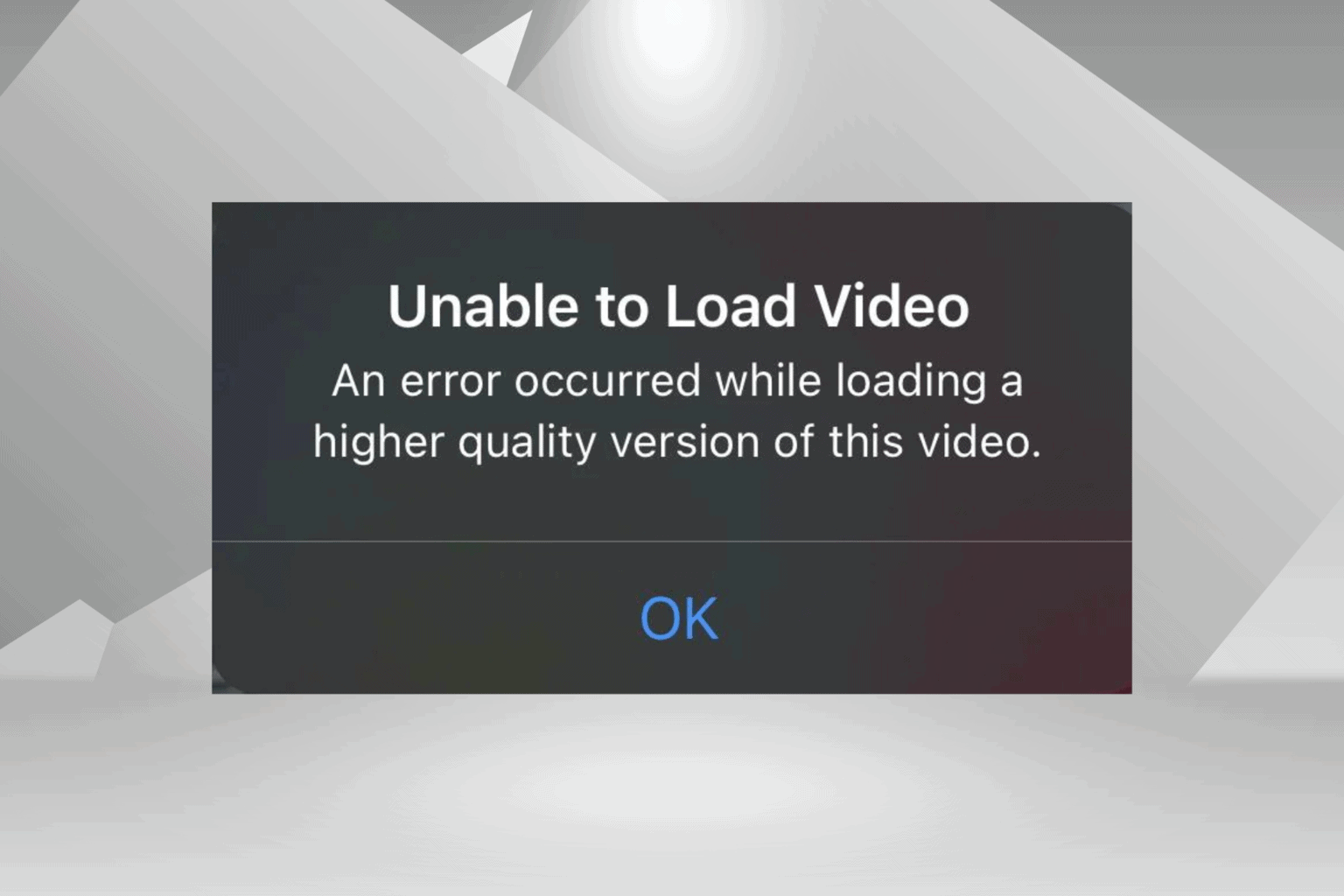
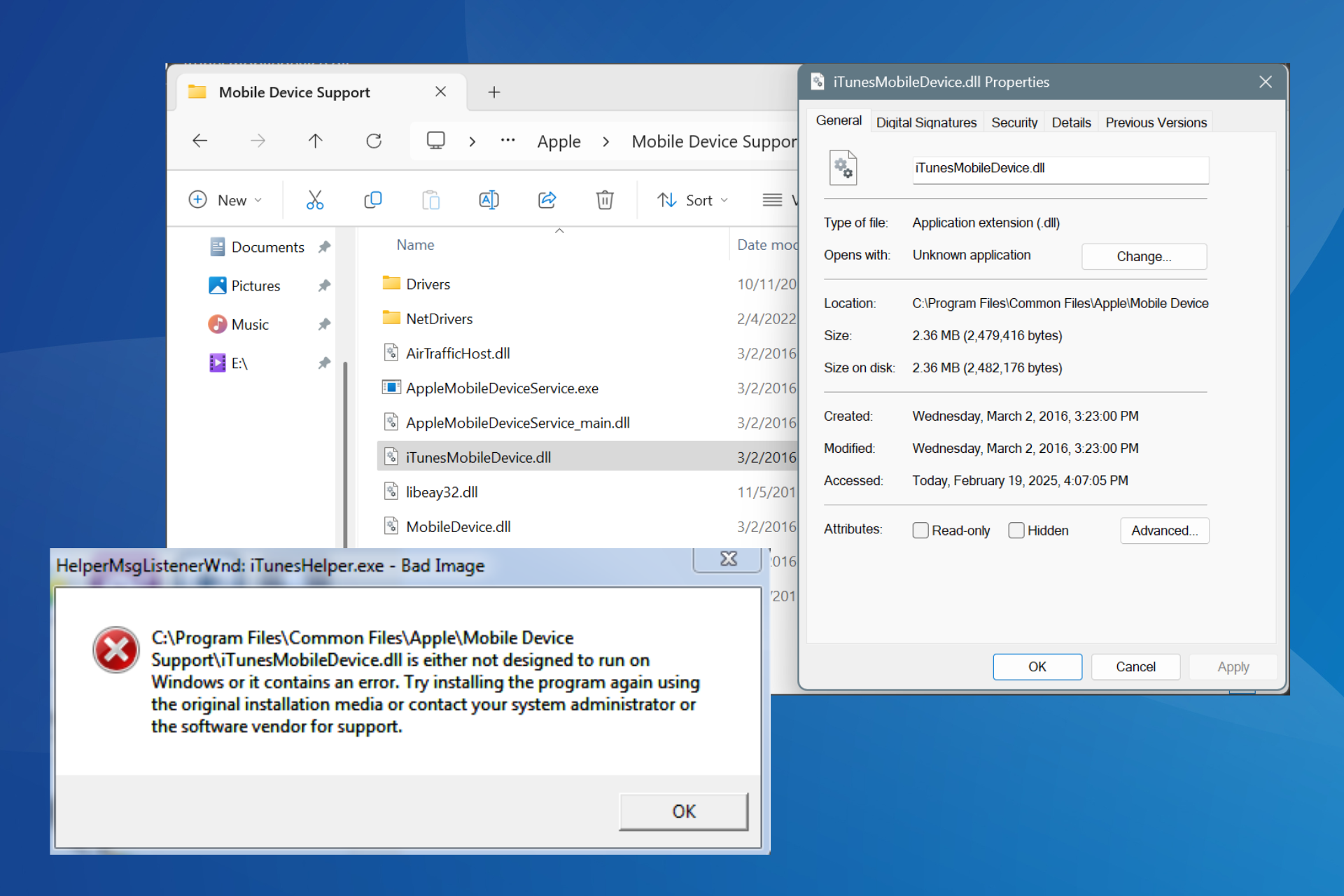
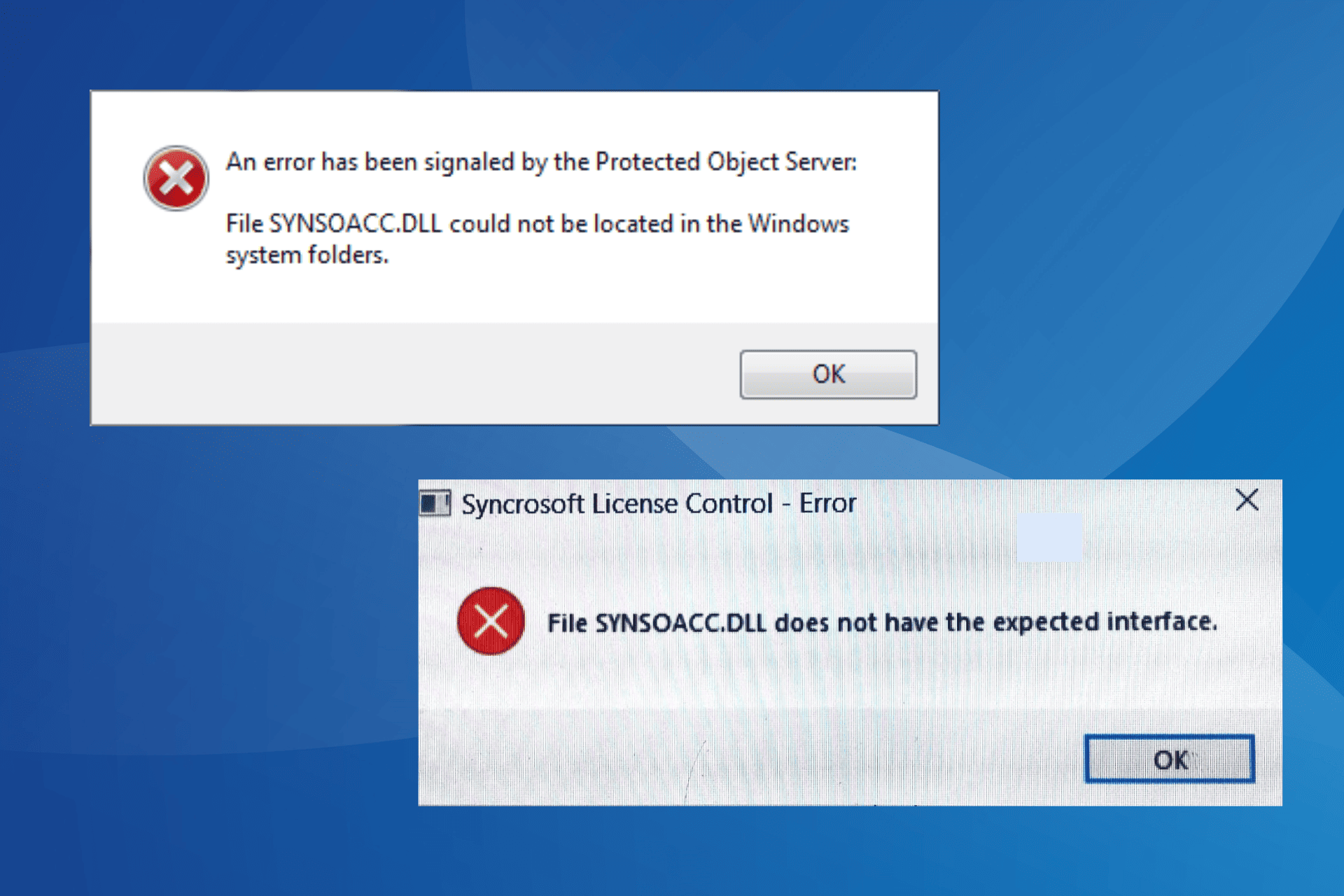

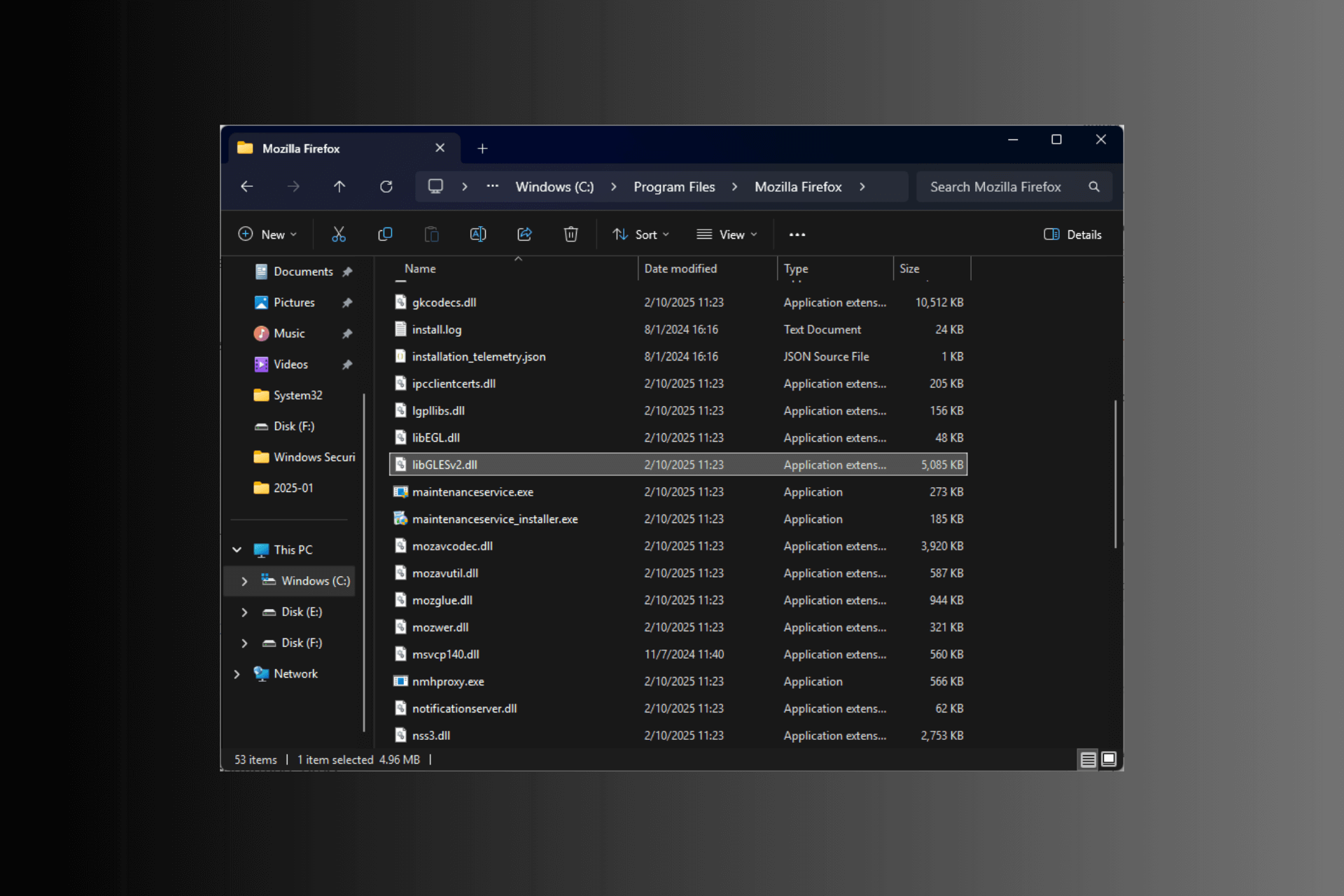
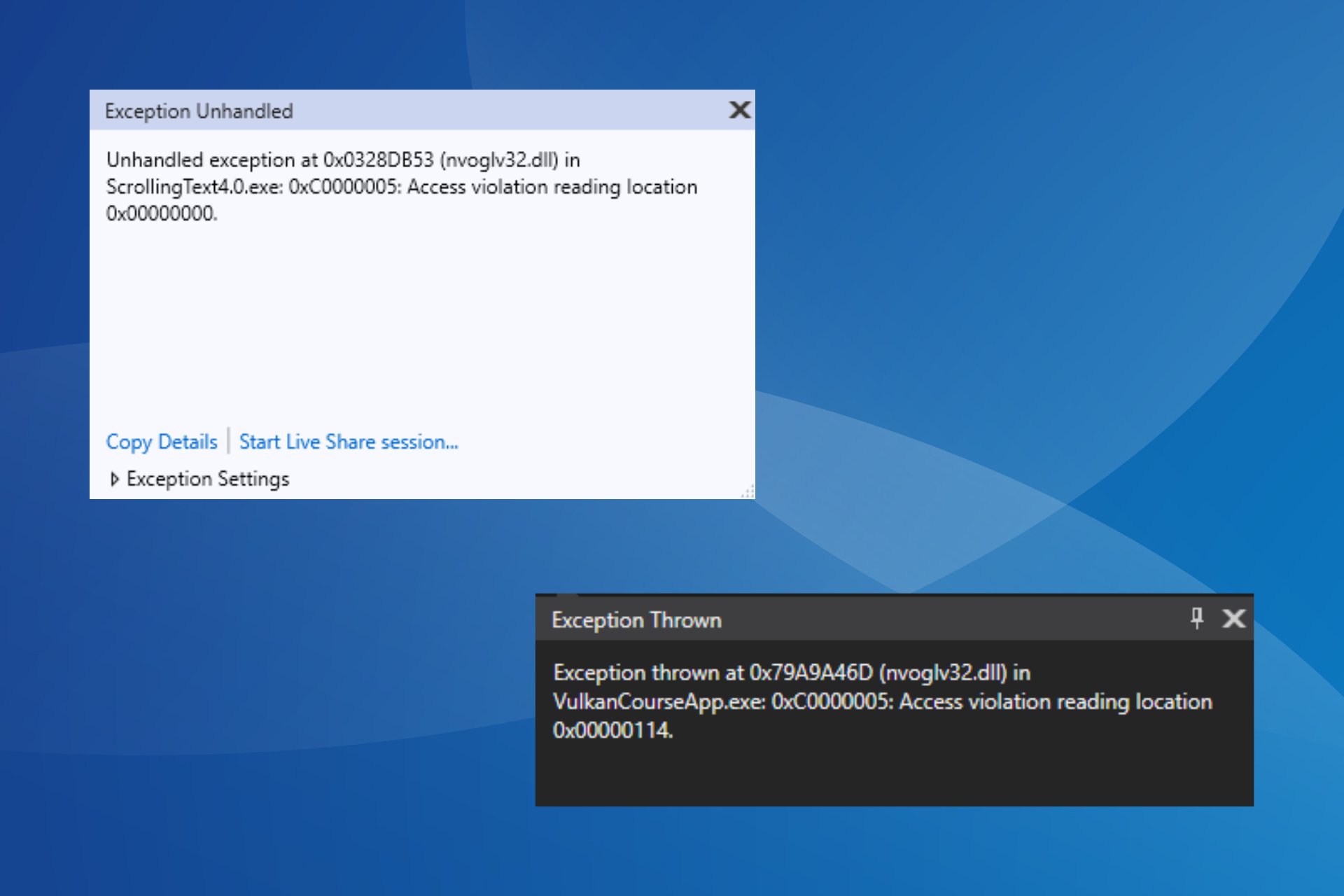
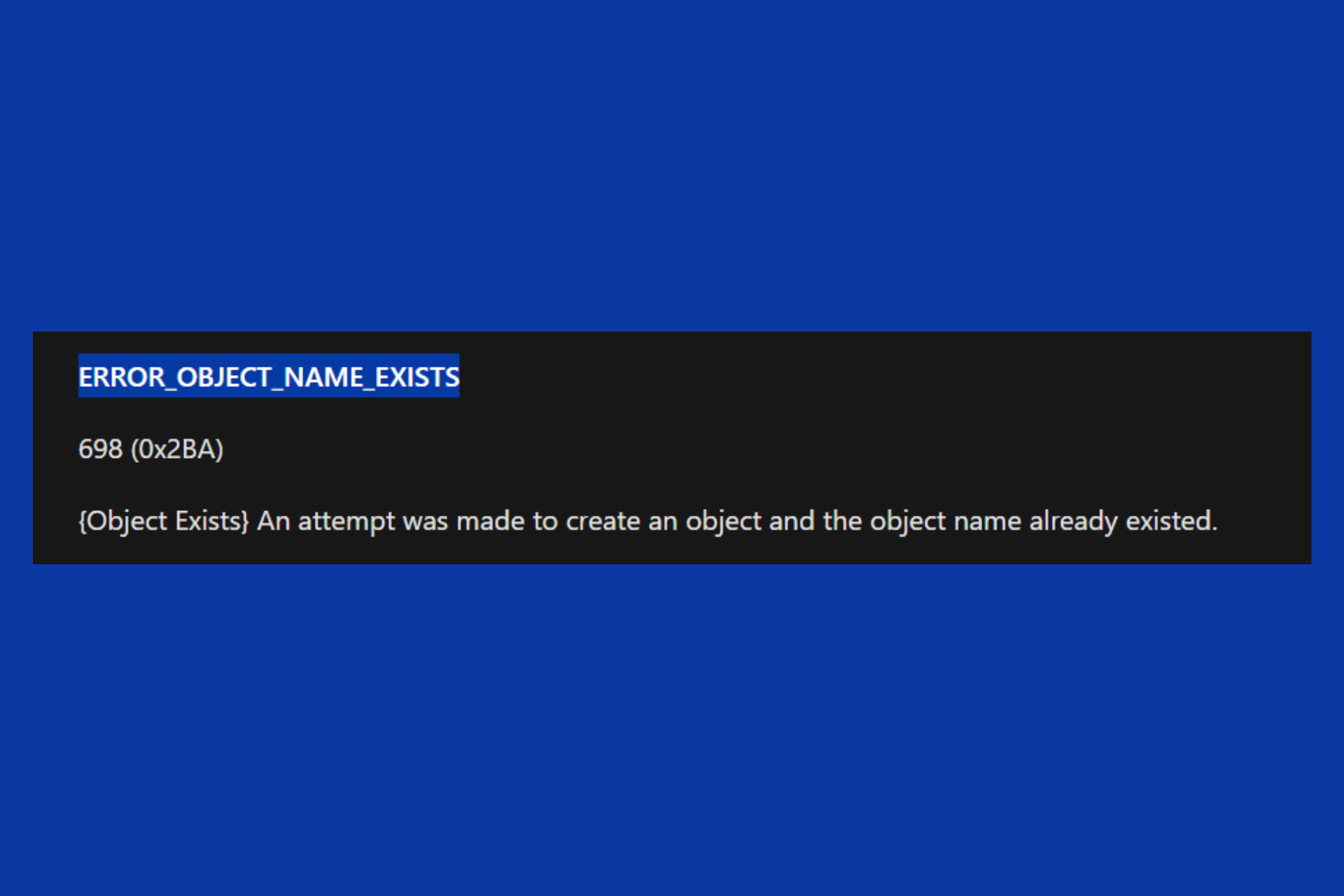
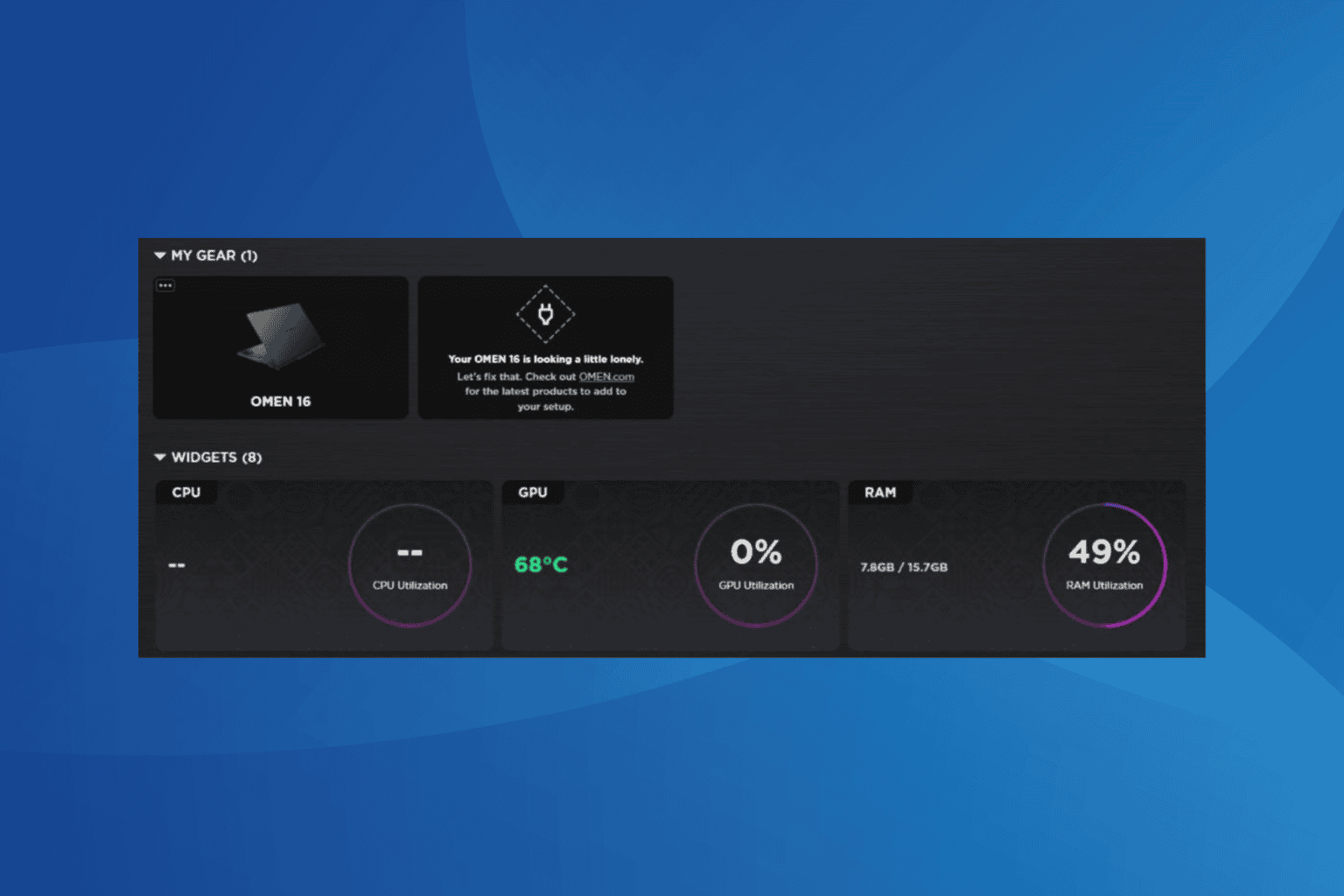
User forum
0 messages